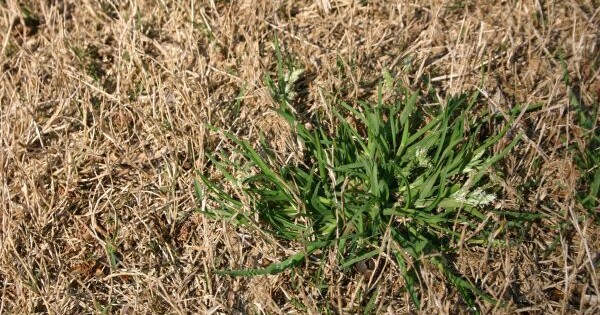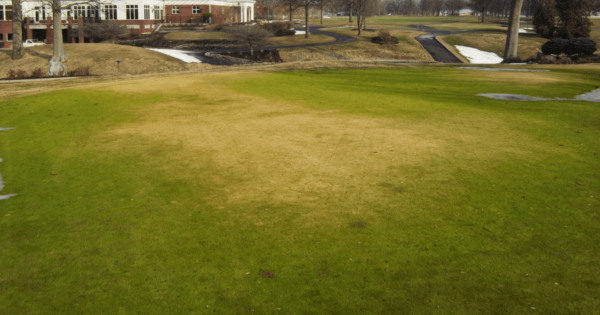Homeowners: Is Spring or Fall the Best Time for Aerification?
Having a lawn the envy of your neighborhood, one of the most important decisions you’ll make is choosing when to aerate your turf. Get it right, and your turf will be healthy and looking its best. Get it wrong, and you could do irreparable damage. With that in mind, let’s take a look at the pros and cons of both spring and fall aeration so you can make an informed decision about when to do it.
Spring Aeration Pros: One of the main benefits of spring aeration is that it helps reduce compaction. When the ground is frozen in the winter, it’s hard for grass roots to penetrate the soil. As a result, come springtime, the soil is often very compacted. Aerating in the spring gives the roots a chance to break through that compaction and grow deep into the soil, which results in a healthier lawn.
Another benefit of spring aeration is that it allows fertilizers and other nutrients to penetrate the soil more easily. When soil is compacted, those vital nutrients have a difficult time getting down to the roots where they’re needed most. Aerating in the spring gives them a chance to reach the roots and help promote growth.
Spring Aeration Cons:
One potential downside of spring aeration is that it can stress newly-seeded lawns. If you seed your lawn in the spring and then aerate shortly thereafter, you run the risk of damaging delicate seedlings.
Another potential downside of spring aeration is that it may encourage weeds to grow. If you aerate too early in the season, before the grass has fully greened up, you may give weeds a chance to take root in small openings created by the aeration process.
Fall Aeration Pros:
One of the biggest benefits of fall aeration is that cooler temperatures help grass recover faster from any stress caused by aeration. Since grass tends to be more resilient in cooler weather, any small damage caused by aeration will quickly heal itself come fall.
Another benefit of fall aeration is that it helps reduce thatch build-up. Thatch is a layer of dead organic matter (i.e., grass clippings) that collects on top of turf over time. Too much thatch can lead to all sorts of problems like disease and insect infestation, so it’s important to keep it under control. Aerating in the fall helps loosen up thatch so it can be more easily removed.
Fall Aeration Cons:
One potential downside of fall aeration is that wet conditions can make recovery more difficult. If you live in an area with cool, wet weather conditions in autumn, those conditions may make it harder for your turf to recover from any stress caused by aerating. In those cases, it may be better to wait until spring when conditions are drier and warmer.
Another potential downside of fall aeration is frost damage. If you live in an area with harsh winters, waiting until fall to aerate puts your turf at risk of frost damage come wintertime . Any small openings created by aerating could allow frost to penetrate deep into turfgrass crowns , leading to serious damage or even death .
So, what’s the verdict? Is spring or fall the best time for aeration? Unfortunately, there’s no easy answer. It really depends on a variety of factors specific to your climate, your turfgrass species, and your overall goals for your lawn. With some careful consideration, though, you should be able to make an informed decision about when to best schedule your next round of aeration.


